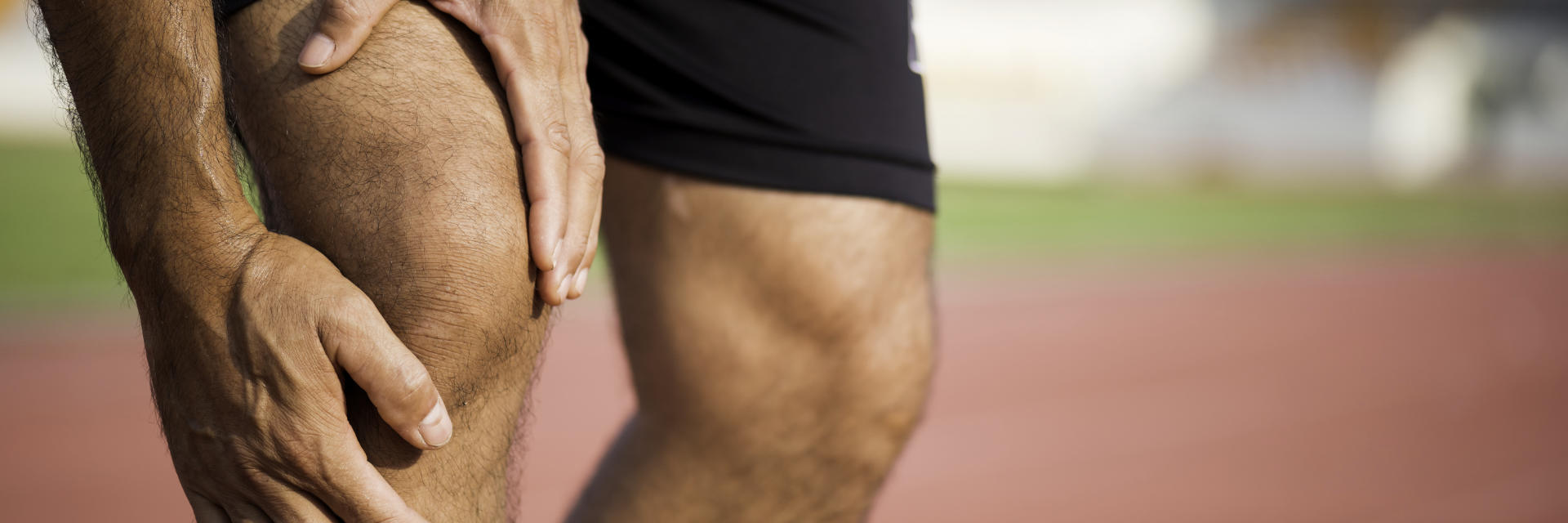Patella Clunk Syndrome Treatment
Total knee replacement is a highly successful orthopedic surgery for knee joints that have deteriorated due to injury, disease or degeneration. However, like all surgical treatments, total knee replacement does come with risks and possible complications. One possible complication after total knee replacement is patellar clunk syndrome. Dr. Farzin Kabaei and our orthopedic team at Robotic Hip and Knee Replacement LA offer patellar clunk syndrome treatment and arthroscopy at our medical center in Los Angeles.
Patellar clunk syndrome is named after the sound and sensation this complication creates. A total knee replacement involves replacing the patella with an artificial kneecap and components that attach to the femur and tibia. In some cases, excess scar tissue can develop where the patella (kneecap) and femur meet. This nodule of tissue can interfere with the knee joint function when straightening the knee from a bent position. As the knee straightens, crunching, a “clunking” sound and pain may occur.
Causes of Patellar Clunk Syndrome
The majority of total knee replacement patients have few or no complications after their surgery. Patellar clunk syndrome is rare but tends to occur in patients with an excessive knee-flexion angle. This condition was more common in older knee implants. New devices have improved designs that reduce the chance of causing patellar clunk syndrome.
If patellar clunk syndrome occurs, it is usually several months after total knee replacement surgery. To address the condition, knee arthroscopy can be performed to remove excess scar tissue to restore smoother movement and relieve knee pain.
If you have symptoms of patellar clunk syndrome after total knee replacement surgery, contact our team at Robotic Hip and Knee Replacement LA in Beverly Hills to schedule a consultation. Dr. Kabaei is a knee joint replacement specialist who can discuss treatment options to relieve post-surgery pain and functional issues.
